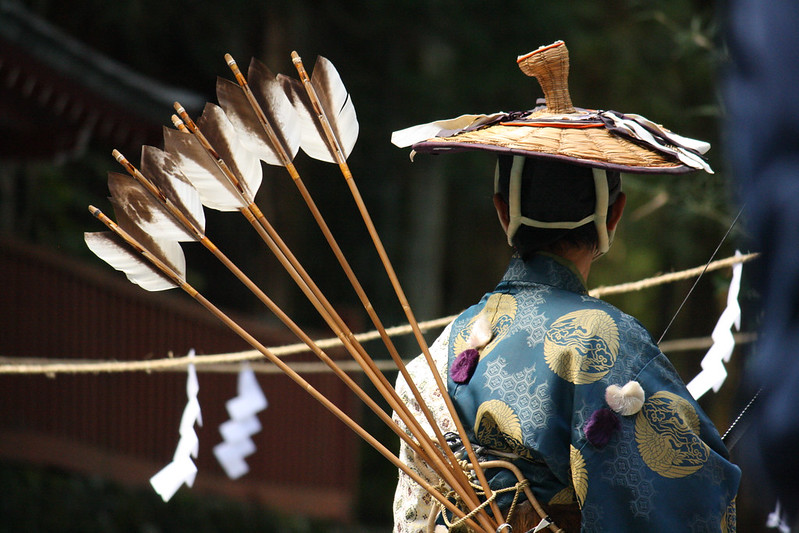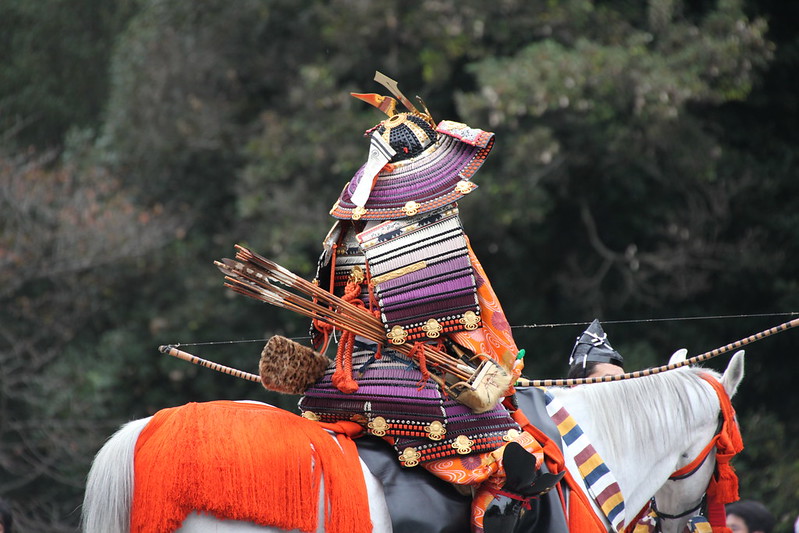
Bunka no hi: A Spectacular Japanese National Holiday
If you are studying in Japan in early November, one celebration not to miss is Bunka no hi (文化の日), “Culture Day.” This national holiday occurs every November 3, the anniversary of the announcement of the Japanese constitution after the war in November 3, 1946.
This day used to be commemorated for another reason—it was a holiday in honor of Emperor Meiji’s birthday. It started in 1868 but was discontinued in 1912 when the emperor died. Then, in 1927, it became a holiday again known as Meiji-setsu. The meaning of the celebration changed in 1946, with the creation of the post-war constitution.
Jidai Matsuri Festival
Culture Day is celebrated all through Japan, to honor the country’s rich culture, education, and arts. Exhibits, parades, shows, and festivals erupt in numerous cities, with large crowds in attendance.
This is also the day of the Order of Culture’s award ceremony. It is a high honor given by the Imperial Family to people who have made significant achievements in the fields of culture, science, or the arts.
Culture Day in Tokyo
The parades and festivals during Culture Day are a sight to behold. Jedai Matsuri, or “The Festival of Ages,” celebrated in near Sensoji Temple in Tokyo, is a big draw for locals and visitors alike. People dress up in various period costumes (usually the Edo period). Samurai warriors, geisha, daimyos, and the like can be seen parading the streets of the city.
In Meiji Jingu Shrine in Harajuku, you can watch the archery ceremony and tournament, which includes traditional and horseback archery (Yabusame). These exciting spectacles are always a hit.
With Culture Day just around the corner, prepare to soak in the sights and sounds of one of Japan’s most celebrated holidays.

